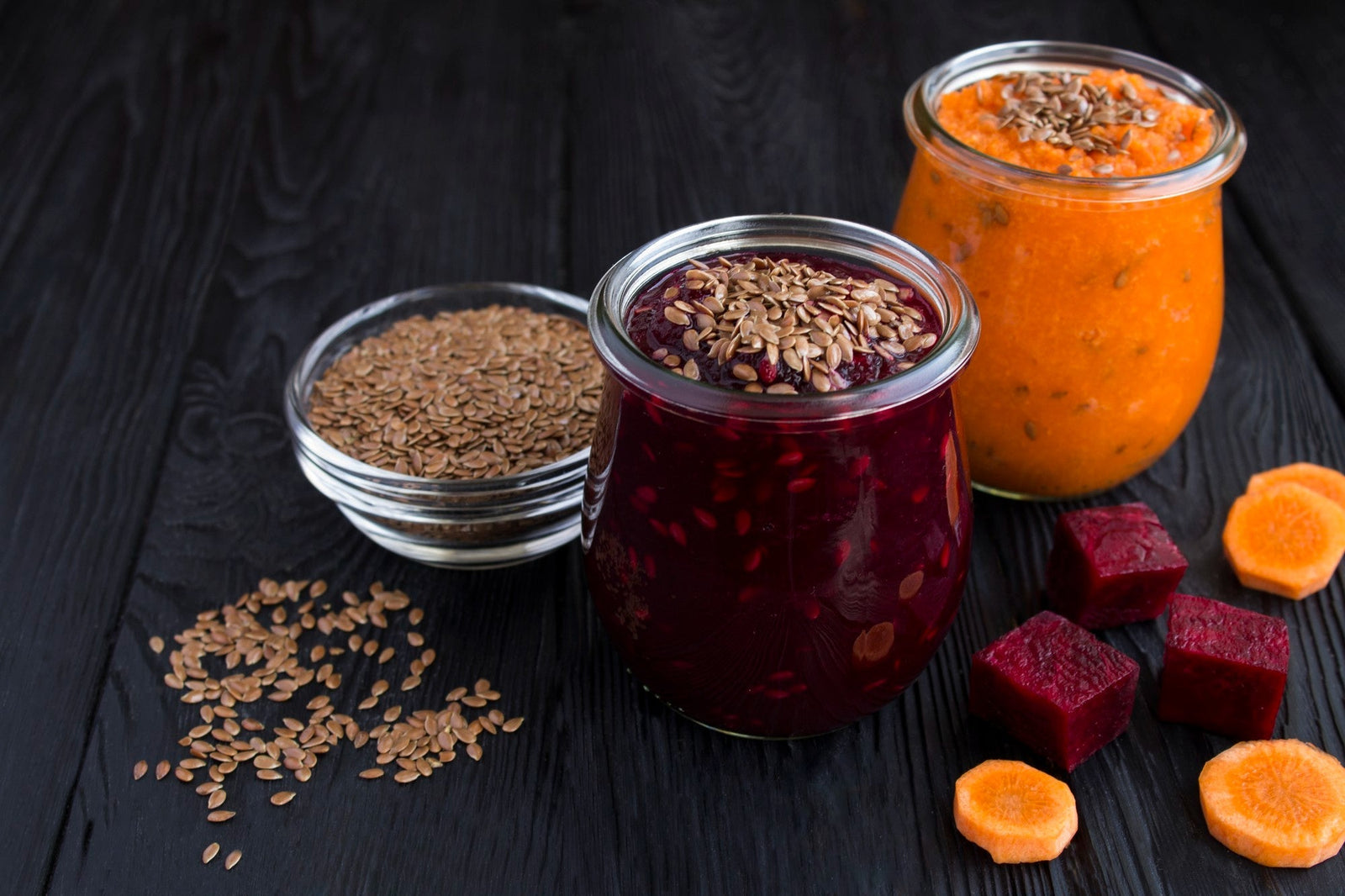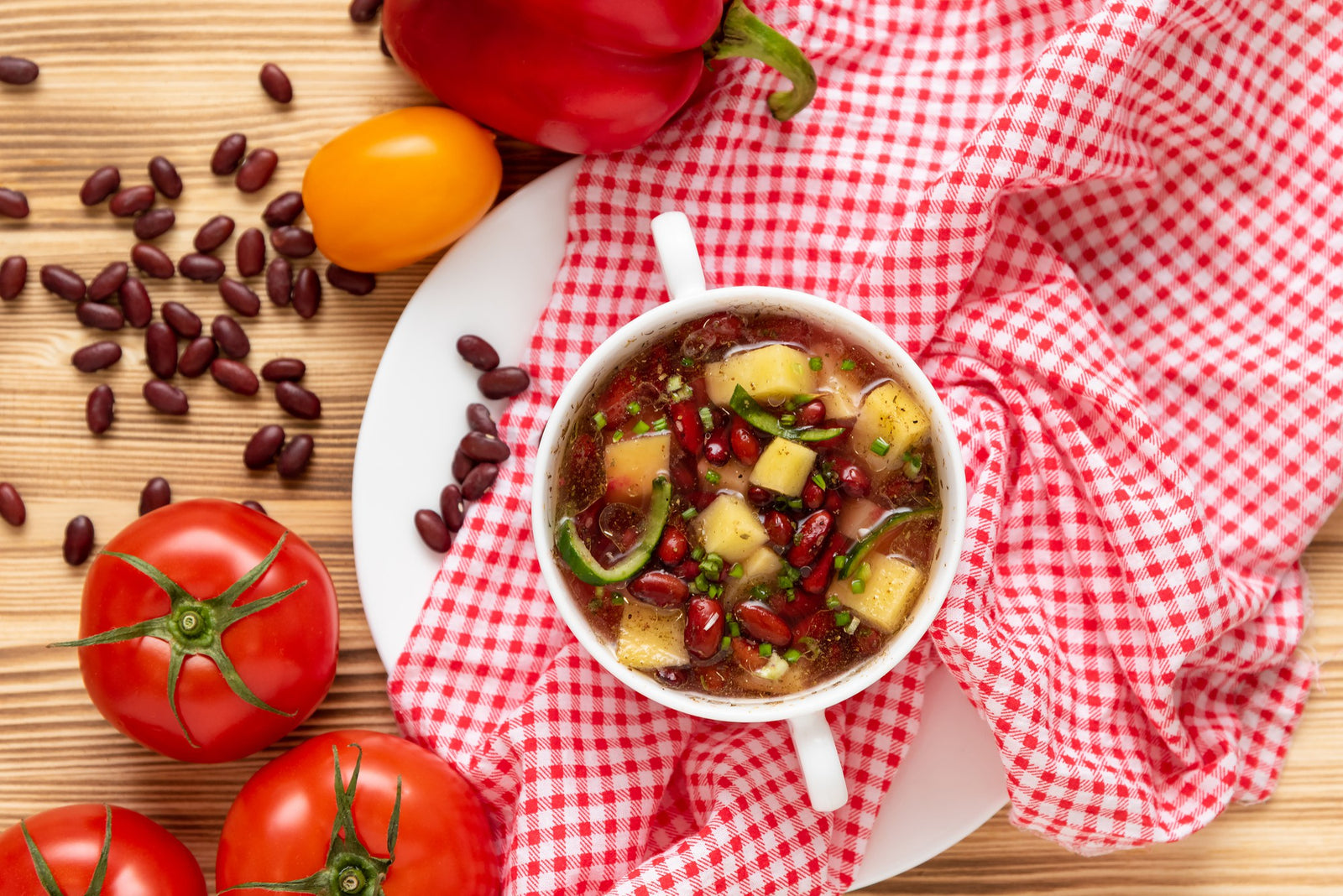
January 22, 2024 3 min read
In the world of baking, the choice of flour can be a game-changer. While all-purpose and whole wheat flours often take center stage, there's a rising star in the baking scene that deserves your attention – barley flour. Beyond its traditional use in bread and beer, barley flour brings a unique set of qualities that can elevate your recipes to new heights of flavor and nutrition.
Derived from whole barley grains, barley flour is a nutritional powerhouse that offers a distinct set of benefits. Rich in dietary fiber, vitamins, and minerals, this ancient grain flour brings a hearty and wholesome touch to your baked goods.

Perfecting Pancakes: Swap out traditional flour in your pancake recipe with barley flour for a nutty, wholesome flavor. The added fiber ensures a satisfying breakfast that keeps you fueled throughout the morning.
Hearty Breads and Beyond: Introduce barley flour to your bread recipes for a heartier texture and a subtle nuttiness. Its unique flavor profile complements both sweet and savory applications.
Decadent Desserts: From cookies to cakes, barley flour adds a depth of flavor that takes your desserts to the next level. Experiment with chocolate chip cookies or banana bread for a delightful twist.
Savory Surprises: Don't limit barley flour to sweet treats. Its robust flavor works wonders in savory dishes like quiches, savory pies, and even as a coating for fried or baked vegetables.
Instructions: Mix wet and dry ingredients separately, then combine and bake at 350°F (175°C) for 50-60 minutes.
Instructions: Mix, scoop onto a baking sheet, and bake at 350°F (175°C) for 10-12 minutes.
Conclusion: A Flourish of Flavor and Wellness
As you embrace the baking brilliance of barley flour, you're not just adding a new ingredient to your pantry; you're elevating the nutritional content and flavor profile of your favorite recipes. Whether you're a seasoned baker or a kitchen novice, the versatility of barley flour makes it a welcome addition to any kitchen.
So, why not embark on a baking adventure? Elevate your recipes with barley flour and savor the wholesome goodness it brings to your table. From breakfast to dessert, this ancient grain flour is set to become your new favorite kitchen companion, adding a flourish of flavor and wellness to every bite.
❤ Try our USDA certified organic Barley Flour ❤

Related blogs:
Comments will be approved before showing up.

January 27, 2025 3 min read
Flaxseed, the tiny yet powerful superfood, is packed with nutrients that can support weight loss. From curbing hunger to stabilizing blood sugar, this guide dives into the science of how flaxseed can help you shed those extra pounds.

December 11, 2024 3 min read
Discover three quick and easy soup recipes featuring organic small red beans. From a classic vegetable soup to a creamy potato blend, these wholesome recipes are perfect for chilly days and busy weeknights. Packed with flavor and nutrition, these soups will warm your heart and soul this winter!

December 06, 2024 3 min read
This vibrant and nutritious Green Lentil Salad combines tender lentils with grilled chicken, fresh vegetables, and a zesty lemon dressing. Packed with protein, fiber, and essential vitamins, it’s the perfect healthy meal for any time of day.
© 2026 Be Still Farms- Real, Fine Organics.
Privacy | Terms | Refund Policy | Organic Certification
